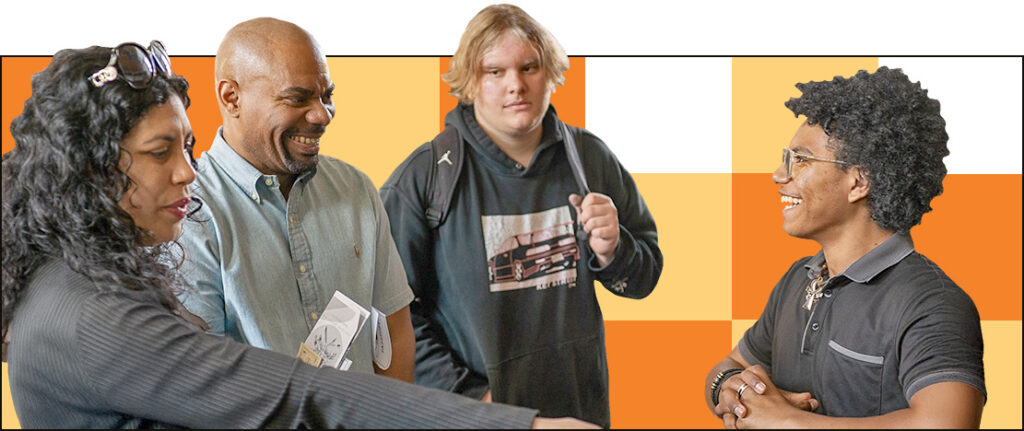


learn more about

learn more about

overview
partner with us
partner with us
events

events



learn more about

learn more about











Teachers: Rose Reiken & Daniela Torres
Grade & Subject: 6th & 7th Grade Humanities
School: High Tech Middle Mesa
To start the year, we explored origin myths and how different ancient civilizations understood how the world came to be. Students learned about how societies answered big questions about the world before science could give them answers. They also explore literary characteristics and themes of these stories. Then, students chose a natural phenomenon in San Diego that they were interested in and developed an origin myth for that place (for example, “How Potato Chip Rock Came To Be”). We then took those stories and created an online map of San Diego: how our city came to be, according to us! We exhibited to the community at the San Diego Historical Society in Balboa Park.
Teacher Reflection
This project fit well to kick off the year in a substantial, engaging way. It was a fun challenge to embark on a multi-grade project. Sixth and seventh graders both have civilizations with origin stories in our curricula, which presented a unique opportunity to collaborate. For civilizations in both standards, China, for example, we combined grades and learned together. We also learned some literacy and literary device skills together, with the expectations that seventh graders would produce higher level examples of those skills.
We found that applying something like an origin myth to the present day, and kids’ own contexts of the city they live in, makes ancient civilizations feel more real and immediate, rather than this distant thing they have no connection with. We would highly recommend exploring ancient civilizations in this way!
—Rose Reiken
Student Reflection
This project taught us how to use our imagination, while also learning the history of our world. Ancient civilizations were full of imagination; they made explanations to understand their world better, which is exactly how we made our stories that explained how a place in San Diego came to be. I made my story by looking at a cliff near where I live and thinking of what could make the cliff like that. Then I thought, “Wow, this looks exactly like a huge frog fell into the cliff!,” so that’s what I wrote my story about!
—Addy E.
I love how at our school, when we write it is always about what is important to us. Learning about ancient civilizations really showed me how those civilizations shape the world we live in today. Our teachers made learning fun and we got to decide on our own stories. For example, I wrote about the Anza Borrego Mud Caves after visiting there!
—Averi P.